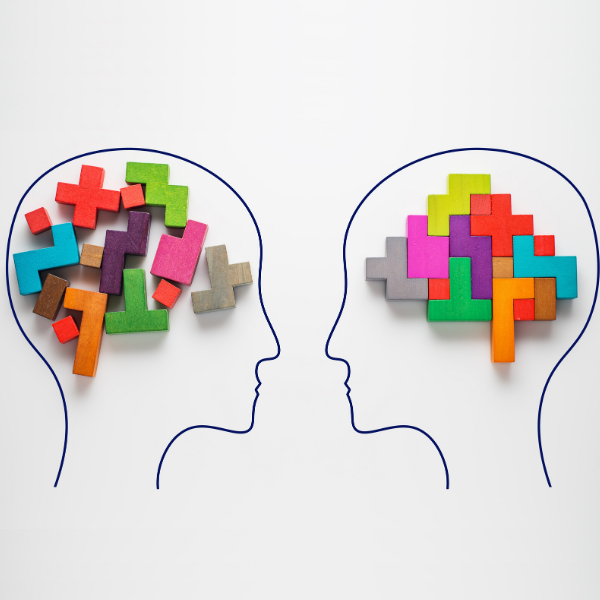Coaching skills for Internal Auditors
The so called soft skills (interpersonal skills) have been underrated for many years, not being see as important or in any way impacting the hard, visible and measurable” results. But…

International Women’s Day 2022 campaign theme: #BreakTheBias
Imagine a gender equal world.
A world free of bias, stereotypes, and discrimination.
A world that is diverse, equitable, and inclusive.
A world where difference is valued and celebrated.
Together we can forge women’s equality.
Collectively we can all #BreakTheBias.
Here is the article:
I hesitated today between posting a picture of myself with my arms crossed as a symbol of standing by and supporting breaking the bias, or allowing my problem solving mind to wonder and find more about: How do we actually break the biases? What actions can we take everyday to break the biases.
So finanally I decided for the latter. 🙂
Some weeks ago, I shared an article based on neuroscience research which states that biases are inevitable, and the way to deal with biases is to accept, label and mitigate them ( https://www.er-nl.com/biases-accept-label-mitigate/). I also came across a fascinating article in The Journal of Neuroscience, which explained how it is actually possible to detect, based on our brains’ activity, when we are about to make a biased decision, mind-blowing piece of information. Alpha activity reflects the magnitude of an individual bias in Human Perception (by Laetitia Grabot and Christoph Kayser, Journal of Neuroscience 22 April 2020: https://www.jneurosci.org/content/40/17/3443)
The latest research clearly shows that biases are learned, as part of the culture we grow up in, the education system we attend, family norms and history, leading to ways of thinking and behaving that we might classify as “normal”. Our brain “automatic” function is based on those learned biases. Some biases are good for us: like the ones which make us believe in eating healthy food, exercising, etc; and some of our biases or prejudices are not helping us to be inclusive in our decision making.
Telling ourselves or others “stop being biased” is not a very effective technique, because we can’t just easily stop something that is so well established in our thinking patterns. However, we can:
To summarise it up:
Choose to challenge your thinking patterns, so that you can become more aware of your prejudices and biases, which will enable you to be more inclusive in your decision-making process.
Be mindful of the prejudices and biases you teach your children or others!
We all need to “Uncover the Hidden Prejudice that Shapes what we See, Think and Do.” (Jennifer L. Eberhardt, Phd)
The so called soft skills (interpersonal skills) have been underrated for many years, not being see as important or in any way impacting the hard, visible and measurable” results. But…
I often think that an entrepreneur at the beginning of their journey is like a farmer who starts planting their crops on a new piece of land. The first year(s)…
As we all dive into 2023, for some of us the beginning of the year is an exciting time to set new goals or review the ones we have. My…
© 2025 All rights Reserved. Design & Developed by WPUnity Solutions.